I wrote this blog for Night Owl TV and it first appeared on their site on November 29, 2017. A link to that post and other Night Owl TV material can be found here.
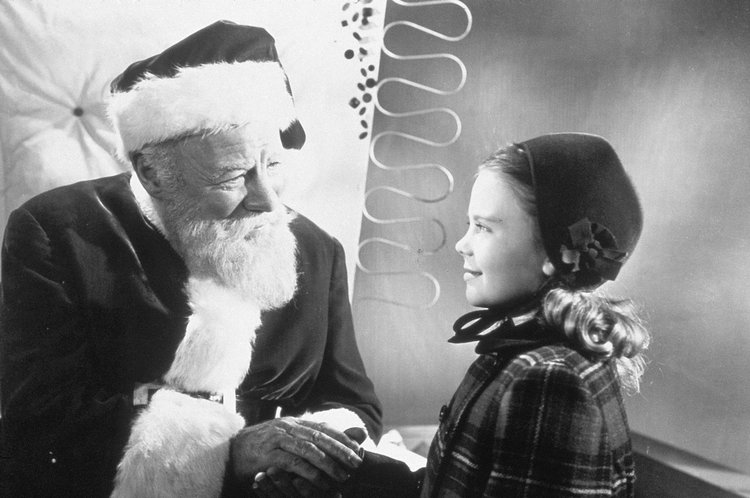
Edmund Gwenn and Natalie Wood in Miracle on 34th Street (1947)
By Brian Smith
Now that we’re past Thanksgiving and the Christmas season is in full swing, it’s time to start talking about Christmas movies. Watching Christmas movies, especially the ones that you’ve watched every Christmas for years, is as much of a holiday tradition as hanging the lights, decorating the tree, and buying presents for your loved ones. The holiday season just doesn’t feel complete if you didn’t make time to watch It’s a Wonderful Life, Elf, Christmas in Connecticut, Holiday Inn, or (for some people) Die Hard. Another movie that firmly belongs on that list is Miracle on 34th Street (1947).
It’s not necessarily my favorite Christmas movie, although it is close to the top. Rotten Tomatoes has Miracle on 34th Street as the #2 Christmas movie of all time, trailing only It’s a Wonderful Life. It was also nominated for Best Picture, and as this film celebrates its 70th Anniversary, it is apropos to run down a list as to why it might be the prototypical Christmas movie, and definitely is the most Christmassy of the Christmas movies.
7. It Tackles the Commercialism of Christmas

Kris unites Macy’s and Gimbel’s for the Holidays!
As early as the 1940’s, commercialism had taken over Christmas. The holiday had lost much of its spiritual and religious roots and had become a holiday of gift-giving. The latest toy was on the top of the list of every child and the entire day could be ruined if that toy was not wrapped under the tree come Christmas morning. Or even worse, if the store didn’t carry what you were looking for, the salesmen may have pressured you into buying something other than what you came in for.
In Miracle on 34th Street, that’s where Kris Kringle comes in. Having worked his way into playing Santa Claus at Macy’s after filling in as Santa at the famous Thanksgiving Day Parade, Kris has no problem letting a customer know that another store is carrying the item she’s looking for as the most important thing is making her child happy. When the customer tells Mr. Shellhammer, the store’s manager, that from now on she’ll be a regular Macy’s customer, the capitalists (Macy’s executives) are put in the uncomfortable position of satisfying the customer’s needs, even if it means sending them to their competition. No less a person than R. H. Macy himself directs his employees to show that they care more for the customer and less for the profits (but will incidentally make more profits than they’ve ever seen). However, even that cynicism is trumped in the end when even Macy concedes that Kris is the real Santa Claus.
Kindness has overcome cynicism, and there is no message that has more Christmas appeal than that.
6. The Best Depiction of Santa Claus
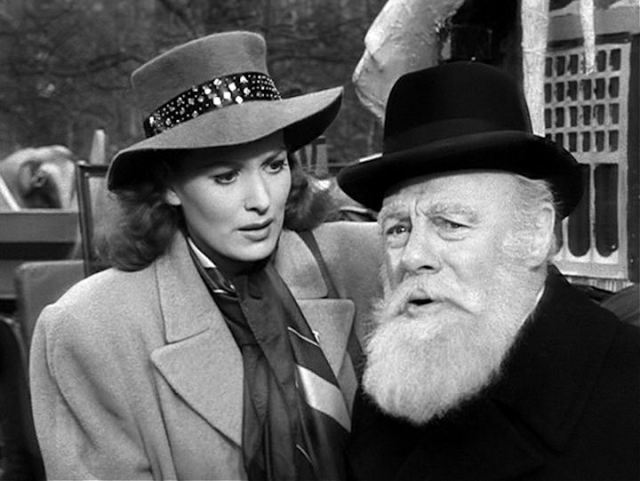
Edmund Gwenn won the Oscar for Best Actor in a Supporting Role for his portrayal of Kris Kringle, the kindly old man who convinces everyone that he really is Santa Claus. He is kindly to young Susan Walker (Natalie Wood), and opens up a whole world of imagination to her that had been shut off by her mother, Doris (Maureen O’Hara). While Doris’ intentions were good, Kris recognizes that they’re also misguided, and he does his best to show Doris and Susan that losing yourself in your imagination isn’t a bad thing. Kris also becomes fond of Alfred, the young Macy’s employee who loves to dress up as Santa Claus at Christmas.
It is Kris’ fondness for Alfred that causes him to become angry with staff psychologist Granville Sawyer (Porter Hall) when Sawyer misdiagnosis Alfred and gets him to believe that he has a guilt-complex and that he hates his father. This gets Kris to hit Sawyer over the head with his umbrella, and that sets in motion the events that lead everyone to believe in Kris. It’s a moment of anger that I can’t ever recall seeing by any other Santa Claus in any other production. Gwenn and Director George Seaton gave Kris Kringle depth of character and made him feel like a real person that we can relate to as an audience. They gave him a whole range of emotions and they made him vulnerable in ways that were physical as well as emotional.
5. It Shows How Difficult It Can Be to be a Parent at Christmas
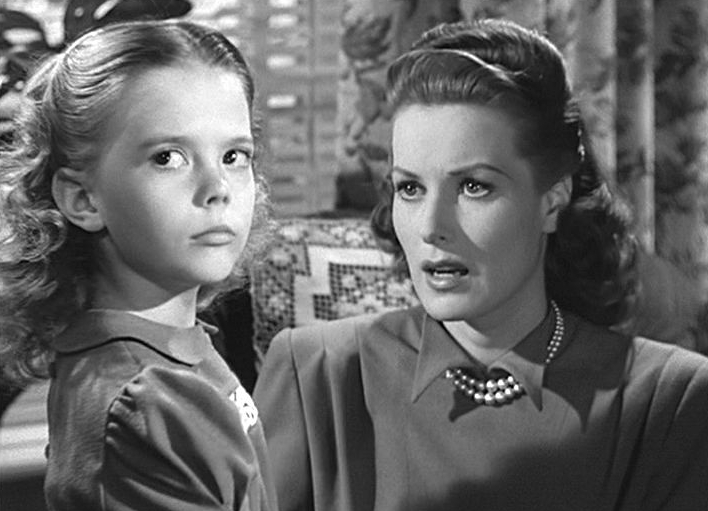
Most Christmas movies do a great job of showing how wonderful Christmas is, but not many of them show the real-life struggle that parents must go through every Christmas. Whether it’s the challenge of being able to buy everything children want, or the struggle of perpetuating children’s belief in Santa Claus, Miracle on 34th Street peels back the curtain on the myths of Christmas and how important they are to perpetuate the holiday’s popularity. If kids stop believing in Santa, then what’s the point in hanging up the stockings? If they don’t hang up their stockings, why will parents buy toys for them? If they don’t buy toys, then the toy companies go out of business and thousands of people will lose their jobs. Yes, there is a magical quality to Christmas, but that magical quality holds up a practical world that would be devastated if the magic of Christmas were to somehow disappear. With that notion in mind, Christmas is a holiday for the imagination, as well a holiday for the practical. Finding that balance as a parent is challenging to say the least, and Miracle on 34th Street at shows that conundrum better than any other Christmas movie.
4. It’s Funny without Reverting to Silly
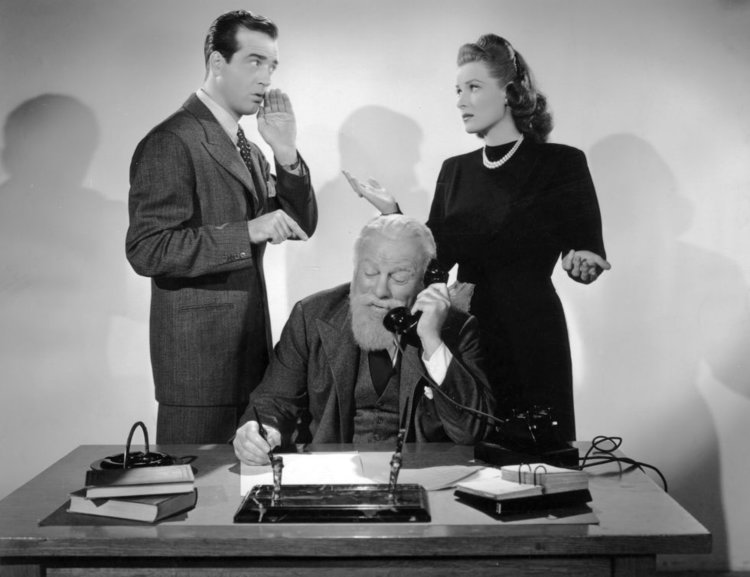
There are some genuine moments of comedy in this film and the comedy is clever and thoughtful. We’re shown that right away when Kris sees a shop worker putting together a Santa Claus display and then points out that he’s put the reindeer in the wrong order. The very next scene shows Kris discovering that the Santa Claus in the Macy’s Parade is intoxicated as the man comically tries to work the whip. There are many other legitimately funny moments throughout, like when Mr. Shellhammer gets his wife drunk so that she’ll agree to let Kris move in with them, only to have Doris’ plan break down when her next door neighbor Fred Gailey (John Payne) has already invited Kris to stay with him. Kris’ interaction with Sawyer is comic gold. The development of the District Attorney and Judge Harper and his campaign manager are gold as well. Having that balance of humor is important because….
3. It’s Sentimental without Reverting to Schmaltzy
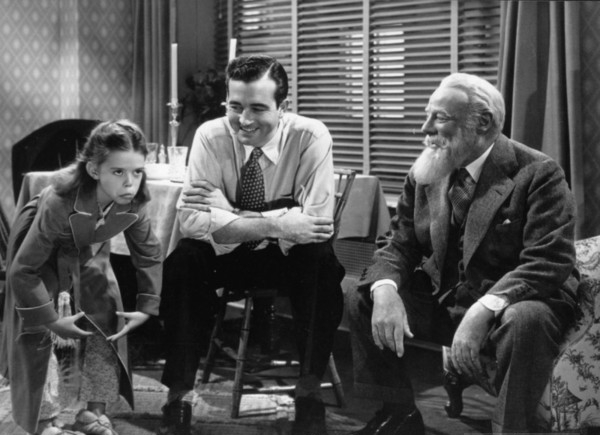
Most Christmas movies have a lot of sentiment in them, and that sentiment quite often crosses over into the saccharine sweetness of schmaltzy. The humor does a lot to help that, but the very important messaging and thematic elements behind the story help to keep the sentiment from becoming too over-the-top. In that regard, Fred Gailey is the moral compass to this film, and he serves as archetypal Mentor to Doris, just as Kris is Mentor to Susan. Kris teaches Susan that imagination is important so that she can experience what being a child is really all about while Fred enlightens Doris that the power of faith can provide the strength to accomplish hings that would otherwise seem impossible.
2. It Somehow Makes It Plausible that Kris Really Could be Santa Claus
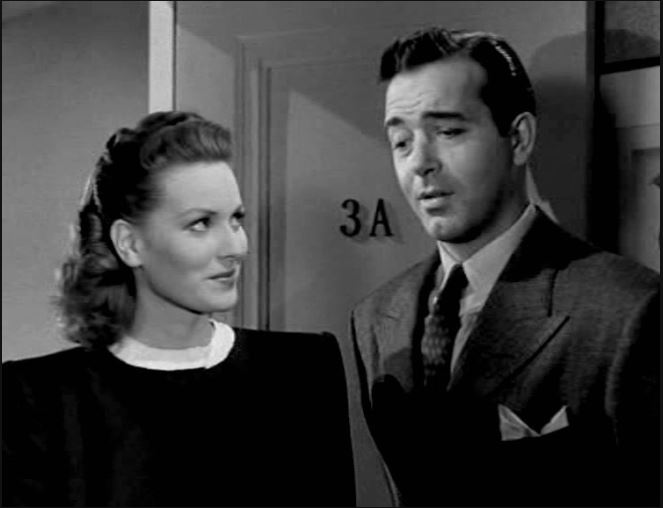
Maureen O’Hara, one of the great actresses of the 20th Century, gave perhaps her signature performance in this film as the cynical mother who doesn’t allow her daughter to believe in Santa Claus, but discovers the power and value of faith. She also learns that sometimes faith can be more important and more powerful than common sense; that faith can give you the fuel to believe and accomplish things when common sense says that you shouldn’t, and you can’t! That character arc allows the audience to make the leap and at least consider that Kris could be who he says he is!
It isn’t just Doris however. As more and more people start to believe that Kris could be Santa Claus for all that he is doing and all that he’s providing for them, the audience is left to wonder at the end, could he be? It might not be possible, but in the universe of this film, it’s at least plausible.
1. No Gift is Too Big and No Gift is Too Small
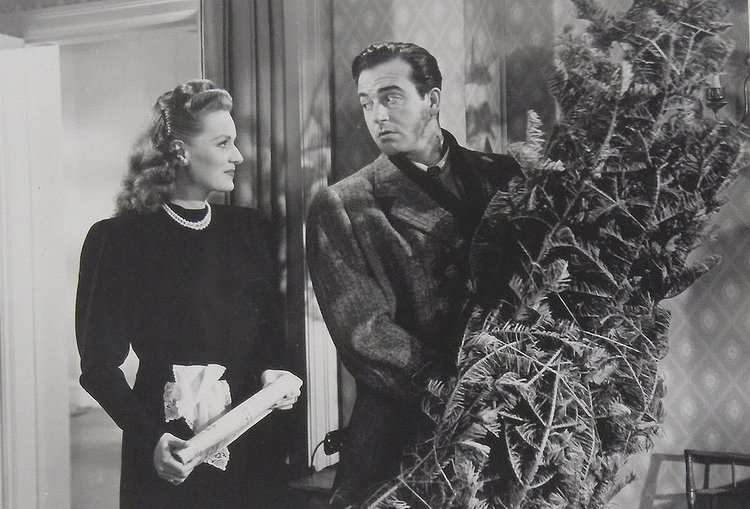
One of the greatest things about Miracle on 34th Street is that everyone who deserves one, gets a gift. Even Kris receives a gift from Doris in the form of her belief in him. On its face that may be a small thing indeed, but it’s as important as anything to Kris. On the other side of the spectrum, Susan tells Kris that the only way she’ll believe in him is if he can get her a house for Christmas. Her belief wanes until the very end of the film when Kris has given them directions to get back to the city, and they happen to pass by the very house that Susan wanted and it has a “For Sale” sign in front of it. The film makers did a great thing by setting a standard that seemed impossible, but then made it come true in a plausible way that made sense.
All of the above points speak to the importance of this film’s theme. All Christmas movies have some sort of thematic element to them, but Miracle on 34th Street seems to have a lot of different thematic elements playing at once. Further, these themes complement each other rather than getting in each other’s way. Yes, Miracle on 34th Street is about overcoming the over-commercialization of Christmas, but it’s also about restoring faith. It tells us that faith is more than just believing in something. It tells us that having faith can give us the strength to accomplish things that common sense tells us would be impossible. It gives us a practical reason to have faith and shows us that faith can be rewarded in tangible and practical ways. That is the true lesson of this film. It tells us to believe in something. What’s more Christmassy than that?